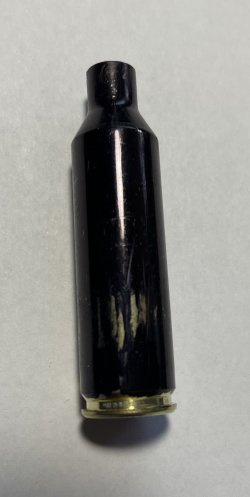Again, brass life has nothing to do with donuts, donuts will shorten the case life of expensive or cheap brass. . If your getting donuts, your doing something wrong in your handloading method.
Donuts are often caused by using too long of a bullet where the "heel" or base of the bullet protrudes too far past the case neck shoulder junction. I'm still uncertain about how bushing dies affect donuts, but suspect they may contribute if they don't re-size the neck/shoulder junction area from the inside (I personally don't see a reason to use them for hunting ammo). Regular sizing dies that pull an expander to size the neck ID from the inside will help prevent any donut from building up but case lube should be used (be sure to clean out before seating).
First I would check your bullet length, if it protrudes too far into the case then move it closer to the lands or choose a different bullet (you wont get optimal performance of a long bullet seated too far into the case anyways).
If your bullet length isn't the issue, then I would switch to using a standard sizing die with an expander.
Here is a sketch of how I select a new bullet for any caliber. For boattail bullets I use the junction where the shank of the bullet meets the boattail taper as the "heel" and allow the tapered portion protrude into the case shoulder area, its a compromise but havent had any donuts after 5 times of reloading these cases.
View attachment 599017

